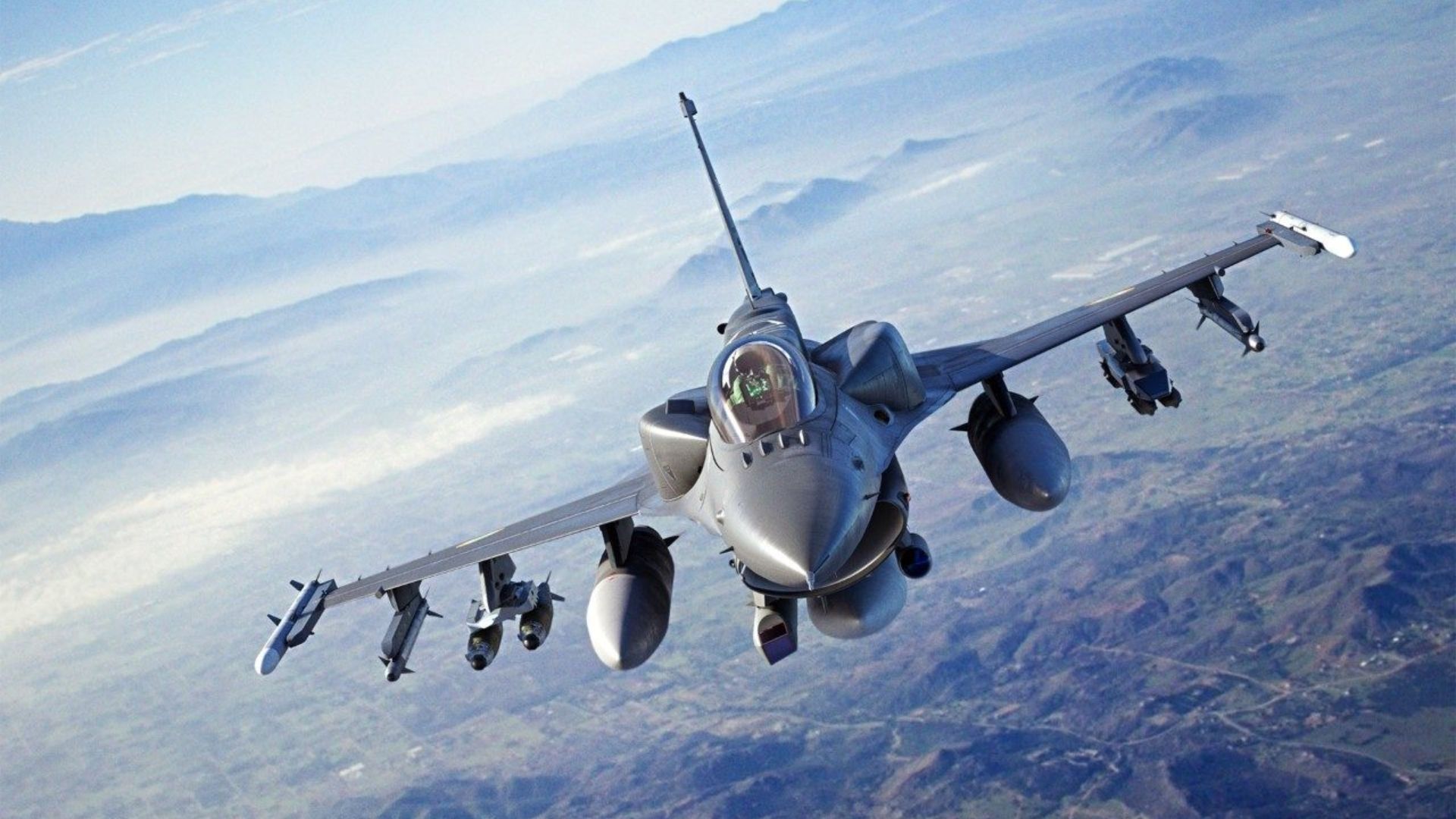2048Views

US Approves $5.58 Billion F-16 Block 70/72 Sale to the Philippines
The US State Department has approved a potential Foreign Military Sale (FMS) to the Philippines for 20 F-16 Block 70/72 multi-role fighter aircraft at an estimated cost of $5.58 billion.
The Defense Security Cooperation Agency (DSCA) delivered the required certification notifying Congress of this possible sale on April 1, 2025.
The proposed package includes 16 F-16C Block 70/72 single-seat fighters and four F-16D Block 70/72 two-seat variants, along with a comprehensive suite of weapons, subsystems, and support equipment.
If finalized, this acquisition would represent a significant capability upgrade for the Philippine Air Force (PAF), whose fighter fleet primarily consists of FA-50PH light combat aircraft.
The DSCA notification outlines an extensive package including 24 engines (20 installed, 4 spares), 22 AN/APG-83 Active Electronically Scanned Array (AESA) radars, and 22 Modular Mission Computers.
The weapons package comprises 112 AIM-120C-8 Advanced Medium Range Air-to-Air Missiles (AMRAAMs), 40 AIM-9X Block II Sidewinder missiles, 36 GBU-39/B Small Diameter Bombs, and a range of general-purpose munitions including 60 MK-82 500-lb and 60 MK-84 2,000-lb bombs.
Additional subsystems include 12 Sniper Advanced Targeting Pods, 24 Multifunctional Information Distribution System-Joint Tactical Radio Systems (MIDS-JTRS), embedded GPS/INS navigation systems, and comprehensive electronic warfare suites.
The package also covers training, logistics support, technical documentation, and other elements.
F-16 Block-70/72: Resiliency Through Upgrades
The F-16 Block 70/72 is the latest iteration of the Fighting Falcon, using several new generation fighter technologies, such as Northrop Grumman’s APG-83 AESA radar..
Block-70/72s also feature an advanced high-resolution Center Pedestal Display (CPD) that enhances battlespace awareness through color moving maps, expanded air-to-air situation displays, and improved information management capabilities.
The Block 70/72 also benefits from an extended structural life of 12,000 hours, a 50% improvement over previous F-16 variants and allowing for up to 40 years of service with minimal structural repairs.
Through the Block-70/72, the F-16 continues to maintain a solid position in the global fighter market, with Lockheed Martin in both fulfilling existing orders and securing new purchases.
In 2024, Lockheed Martin delivered 16 F-16C/D Block 70 aircraft, a marked increase from the five units delivered in 2023, though falling short of the company’s initial target of at least 20 deliveries.
Bahrain, one of the launch customers for the latest F-16 variant, has reportedly received its complete order of 16 aircraft, while Slovakia’s acquisition program has crossed the halfway point, with at least five single-seat F-16C and both two-seat F-16D aircraft completed. Bulgaria is poised to receive its first F-16C Block 70 aircraft, which completed its maiden flight in October 2024.
Taiwan, which currently has the largest ongoing order for Block-70/72s at 66 aircraft, also received its first unit on March 28, 2025. Taiwan’s acquisition has faced delays, with the delivery schedule originally set for completion by 2026 now expected to extend by two years due to production line relocation challenges.
The next largest order came from Türkiye, which agreed to purchase 40 Block-70/72s in June 2024, which was part of a wider project to also upgrade the country’s existing F-16s to the F-16V standard.
However, in November 2024, Ankara opted to cancel its F-16V contract with Lockheed Martin and, instead, lean on the domestic ÖZGÜR upgrade program instead.
Manilla’s Long-Term Air Capability Goals
The Philippines has been pursuing fighter capability enhancement since the administration of former President Benigno Aquino, which ended in 2016.
The current fleet backbone consists of 12 KAI FA-50PH light combat aircraft acquired in 2014 for approximately $320 million, one of which was recently lost in a crash.
In January 2025, reports indicated that the Philippines was negotiating to acquire 12 additional FA-50 fighters from South Korea at a cost of $690 million to bolster its existing capability.
These aircraft have been used primarily for patrolling missions but demonstrated their value in a combat role during operations against Islamic State militants in Marawi in 2017.
The potential F-16 procurement is part of a broader defense modernization initiative known as “Re-Horizon 3,” with an estimated total cost of PHP 1.89 trillion ($33.6 billion).
Prior reports suggested the Philippines was seeking to acquire up to 40 multi-role fighters in total, with the Lockheed Martin F-16 Block 70/72 and Saab Gripen-E emerging as the primary contenders.
The potential fighter acquisition is motivated by increased tensions with China in the South China Sea, particularly around disputed territories within the Philippines’ exclusive economic zone (EEZ).
The DSCA stated that the sale would “enhance the Philippine Air Force’s ability to conduct maritime domain awareness and close air support missions and enhance its suppression of enemy air defenses (SEAD) and aerial interdiction capabilities.”
Security expert Chester Cabalza noted that the F-16 would be “an add-on force requirement to beef up the Philippines’ air power and defense system,” though he emphasized that Manila will also need to invest in a range of “rudimentary requirements ranging from hardware to software of air power capabilities including more airdrome for expensive aircrafts.”
Despite the State Department’s approval, the deal remains contingent on the Philippines formally accepting it through a signed Letter of Offer and Acceptance.
Philippine defense department spokesman Arsenio Andolong indicated that as of early April, they had “not received any official notice of such a decision.”
